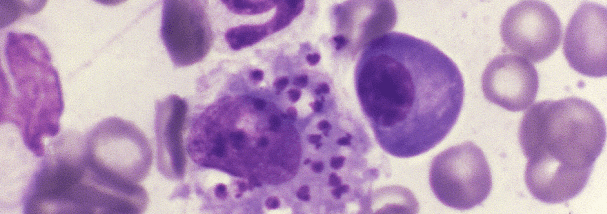 We have recently had a case of Leishmania diagnosed at the practice and as a lot of our clients and pets travel abroad we would like everyone to be aware of this disease. It is of particular concern to us as once dogs are infected they cannot be cured of the disease. Treatment can be initiated but is expensive and patients require long-term monitoring. If caught late, the disease can be fatal. So prevention of infection is definitely preferable!
We have recently had a case of Leishmania diagnosed at the practice and as a lot of our clients and pets travel abroad we would like everyone to be aware of this disease. It is of particular concern to us as once dogs are infected they cannot be cured of the disease. Treatment can be initiated but is expensive and patients require long-term monitoring. If caught late, the disease can be fatal. So prevention of infection is definitely preferable!
If your dog is travelling abroad please contact us so we can advise you about appropriate measures to reduce the risk of contracting this disease.
What is Leishmania?
Leishmaniasis is a prevalent disease in much of Europe and warmer areas of the world. It is an infection that is caused by a protozoal (single celled) organism which lives in host bodies and is spread by female sand flies. Dogs are the principal reservoir hosts for this infection. Although it is not currently commonly seen in the UK, dogs that are travelling abroad are at risk of contracting the disease.
Signs of Leishmania
There are a wide variety and combination of clinical signs that can be seen and active infection can be quite debilitating. Dogs can develop skin lesions such as baldness with sores and itchy broken skin that is slow to heal. This usually occurs over prominent bony areas like elbows and knees but can also occur around the face.
 There is also a visceral form of the disease where the leishmania organisms affect organ systems like the liver, kidneys and bone marrow. Severe cases can lead to liver or kidney failure and can be fatal. Additional signs that are sometimes seen are shifting or intermittent lameness, weight loss, anaemia, fever and lethargy.
There is also a visceral form of the disease where the leishmania organisms affect organ systems like the liver, kidneys and bone marrow. Severe cases can lead to liver or kidney failure and can be fatal. Additional signs that are sometimes seen are shifting or intermittent lameness, weight loss, anaemia, fever and lethargy.
Please contact us at the practice if you would like more information about Leishmania prevention for your canine companion.


